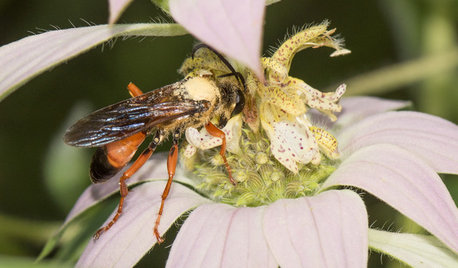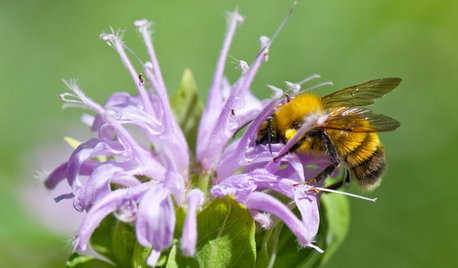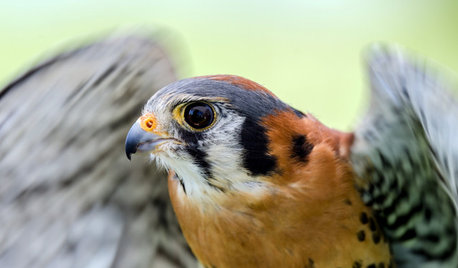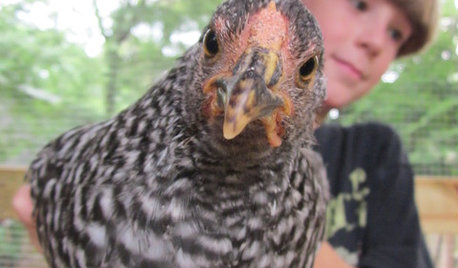Grasshoppers!!!
Auther
9 years ago
Related Stories

FURNITUREObjects of Desire: Grasshopper-Inspired Lounge Chairs Step Lively
A classic 1940s chair and its modern-day interpretations bring a dynamic element along with comfort
Full Story
GARDENING GUIDESGreat Golden Digger Wasp: A Beneficial Flower-Visiting Insect
Introducing the great golden digger wasp, a colorful pollinator that also hunts foliage-eating insects
Full Story
GARDENING GUIDESTexas Gardener's June Checklist
Win the battle against heat and drought with these plant picks and extra effort, for a garden that reigns supreme in summer
Full Story
GARDENING FOR BUTTERFLIESGardening for the Bees, and Why It’s a Good Thing
When you discover how hard bees work for our food supply, you may never garden without them in mind again
Full Story
GARDENING GUIDESSupport Bumblebees by Providing Forage in 3 Seasons
Bumblebees are fascinating and fun to observe foraging in gardens. Find out how to create a buffet for these fuzzy, charismatic bees
Full Story
COLORDreaming in Color: 8 Gorgeously Green Bedrooms
Bring in a bold splash of watery blue-green or a slice of soft celery for a colorful yet sleep-friendly sanctuary
Full Story
REMODELING GUIDESInspiring Designs for Rooftop Living
Glassed-in popups and rooftop decks expand living space in the city
Full Story
GARDENING GUIDESBackyard Birds: Create a Home for American Kestrels
These copper-colored birds of prey can be found throughout North and South America and often find habitats near human activity
Full Story
GARDENING GUIDESOrganic Matters: Thwart Insect Pests With Trap Crops
Add a few sacrificial plants to your garden to lure insects away from the harvest
Full Story
FARM YOUR YARD4 Farm-Fresh Chicken Coops in Urban Backyards
These Atlanta henhouses are worth crowing about for their charming, practical designs
Full StorySponsored
Custom Craftsmanship & Construction Solutions in Franklin County
More Discussions






slowpoke_gardener
mulberryknob
Related Professionals
Goodlettsville Landscape Contractors · Hayden Landscape Contractors · Holland Landscape Contractors · Huntington Landscape Contractors · Kailua Landscape Contractors · New Baltimore Landscape Contractors · Pikesville Landscape Contractors · Pine Hills Landscape Contractors · Quincy Landscape Contractors · Tehachapi Landscape Contractors · Thornton Landscape Contractors · Maplewood Landscape Contractors · Montgomery County Decks, Patios & Outdoor Enclosures · Salisbury Decks, Patios & Outdoor Enclosures · South Milwaukee Decks, Patios & Outdoor EnclosuresOkiedawn OK Zone 7
chickencoupe
AutherOriginal Author
Okiedawn OK Zone 7
kfrinkle
AutherOriginal Author
AutherOriginal Author
luvabasil
Okiedawn OK Zone 7
ltguidetti